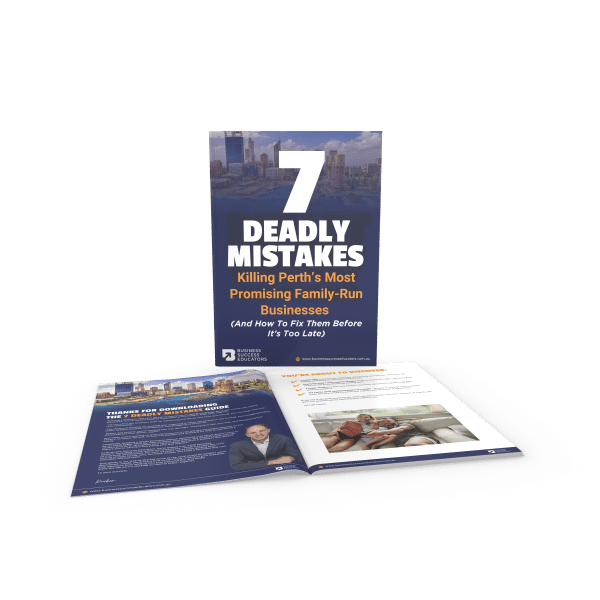Would you like to hit your Key Performance Indicators (or KPIs) consistently in your business?
Too often when it comes to KPIs in a business:
- There are none;
- They are unclear; or
- There are too many
Each of these is a problem because it makes it hard for someone to hit their targets as they do not know what to focus on.
So to increase the chance of hitting the Key Performance Indicators in your business, here’s 3 things to focus on:
1) What Gets Measured Gets Managed
Peter Drucker (one of the worlds most influential thinkers on management) has a famous quote ‘What gets measured gets managed’ and this is important when it comes to your KPIs.
Just like when driving your car, you have a dashboard with important information – like your speed, do you have enough fuel?, the temperature of your engine etc. Your dashboard gives you visibility on key things that keep your car going.
So if what we focus on we achieve more of, –it makes sense to focus on the things that are important for the business.
In fact, your key performance indicators should drive your business. Big picture your business flows something like this:
- Marketing generates leads / enquiries
- Sales converts them into customers
- Delivery / operations deliver your product / service
- Finance collects the money
- And done well you will have referrals and repeat business.
Your KPIs should drive this process.
So how do we make sure that we are measuring and managing these things?
A big part of this is having visibility through some form of scoreboard. A good scoreboard enables you to keep an eye on the key numbers you need to in your business. Now this could be a whiteboard, it could be a spreadsheet, or it could be linked to some software.
The key thing it needs to be visible. It needs to be part of meetings and conversations. That way it remains front of mind. Remember what gets measured gets managed.
2) Less is More
The second thing when it comes to your KPIs is that less is more. If we have to many KPIs, it becomes a problem because you do not know what to focus on. Let me demonstrates, with an example. If you are currently sitting in a room, try and focus on all four walls at once. You can’t! You will end up going around in a circle. Your focus is shifting… and that is what can happen with our KPIs.
In fact, they did this study in the book ‘The 4 Disciplines of Execution’. They worked out if you go for one to two goals, you will achieve one to two. If you try and achieve three to ten, you are only going to hit one. And if you go for eleven to twenty, you are going to hit none. There’s a law of diminishing returns! The more we try and achieve, the less we actually achieve. So think about this when it comes to your KPIs.
Typically two KPIs for each individual is going be a good number to aim for. One that represents quantity and one that represents quality. For example
- Hitting sales targets (quantity) and maintain margin (quality) or no refunds (quality)
- Production throughput (quantity) and wastage (quality) or mistakes/reworks (quality)
Your challenges is to work out which ones to focus on!
3) Focus on the Critical Activities
And the third one, if you want to really hit your key performance indicators is to focus on the critical activities. To do this you need to separate out the activity from the result. For example:
If you want to get a 6 pack chances are you’ll need to do a few sit-ups.
If you want to improve your cardio fitness then you will need to do more running or swimming.
Certain activities lead to the result you are after.
Often we focus on the result – which is something we can’t control. However we can control the activities we choose to do or not do. Think cause and effect. What activities lead to the result you are after i.e. achieving your KPIs?
For example:
- Following up quotes (critical activity) will lead to more sales (result)
- New prospects contacted (critical activity) will lead to new accounts (result)
- Sending / making reminder calls (critical activity) will lead to a reduction in debtor days (result)
For each of your Key Performance Indicators, there are certain activities which when done day in, day out, week in, week out will lead to the result you are after. Just like doing sit ups leads to a six pack.
Your job is to work out what they are. To help you a couple of good questions to ask are:
- When you have a great month, what happened?
- When you have a poor month, what happened or what didn’t happen?
By answering these questions, there are usually clues into what activity happened or didn’t happen, which will led to you achieving (or not achieving your KPIs). So for each KPI you have, identify the critical activity.
So in summary, remember:
- What gets measured gets managed, so use this to focus on the right things in your business.
- Less is more. You are better off focusing on the critical few, rather than the trivial many.
- Focus on the critical activities that lead to the KPI being achieved. The more you focus on these, the KPI will naturally happen.
That way your business will be more profitable, more productive, and you’ll consistently hit the targets you set.








